We are on the search to find a pack of Painted Dogs so Dr. Greg Rasmussen can collar them for future tracking and ranging behavior research inside and outside protected areas. These animals travel great distances, moving prey around the landscape, and understanding their habitat use, distribution, transboundary movements, and dispersal is vital to their conservation.
Painted dogs are red listed as endangered with a declining population trend. It is estimated that 6000 individuals exist in 600-1000 packs in the
whole of Africa (IUCN/SSC 2013). In the Victoria Falls / Matetsi area, where Dr. Rasmussen’s team (Painted Dog Research Trust (PDRT) is based, 33 individuals in a total of six packs are known, which represents a decline since 2016 when 44 dogs were recorded (Rasmussen, 2018 annual report).
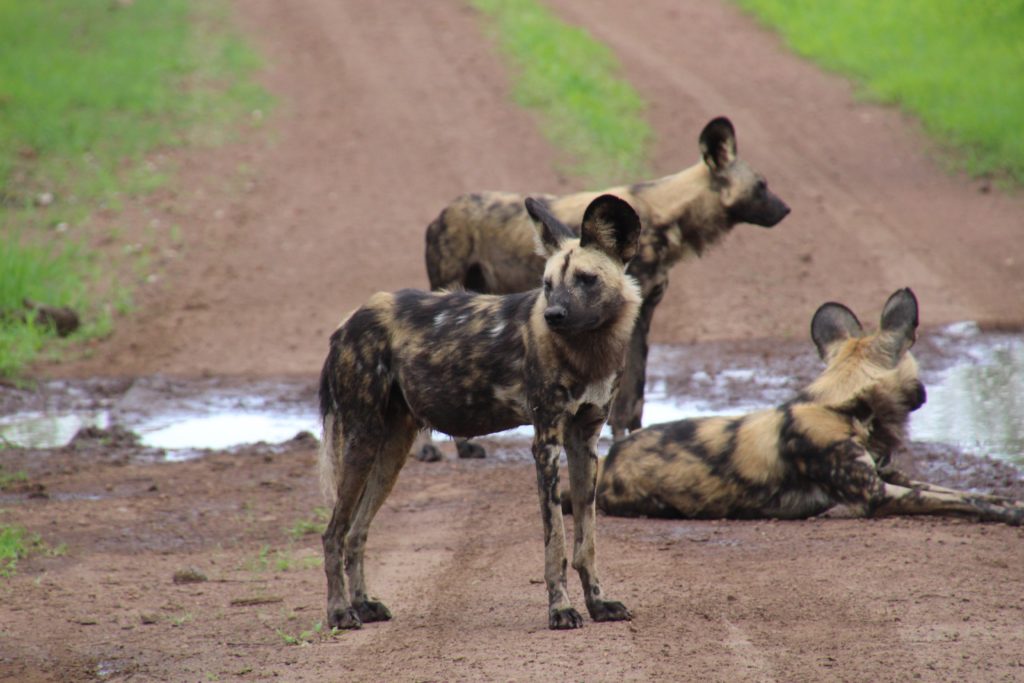
Just like wolves in North America, Painted Dogs get a bad wrap for killing livestock and being a menace. Typically, they’ve been referred to as “Wild Dogs” but there is a conservation attempt to turn a negative connotation to a positive one. The main threats to Painted Dogs include snaring from bush meat wire, loss of habitat and road kills by cars. Dr. Rasmussen is trying to understand disturbances to these packs, as well as threats from parasites, genetic viability, and den disturbances by tourist, camera-crew and researchers.
Their success and persistence thus relies on effective conservation and management strategies.
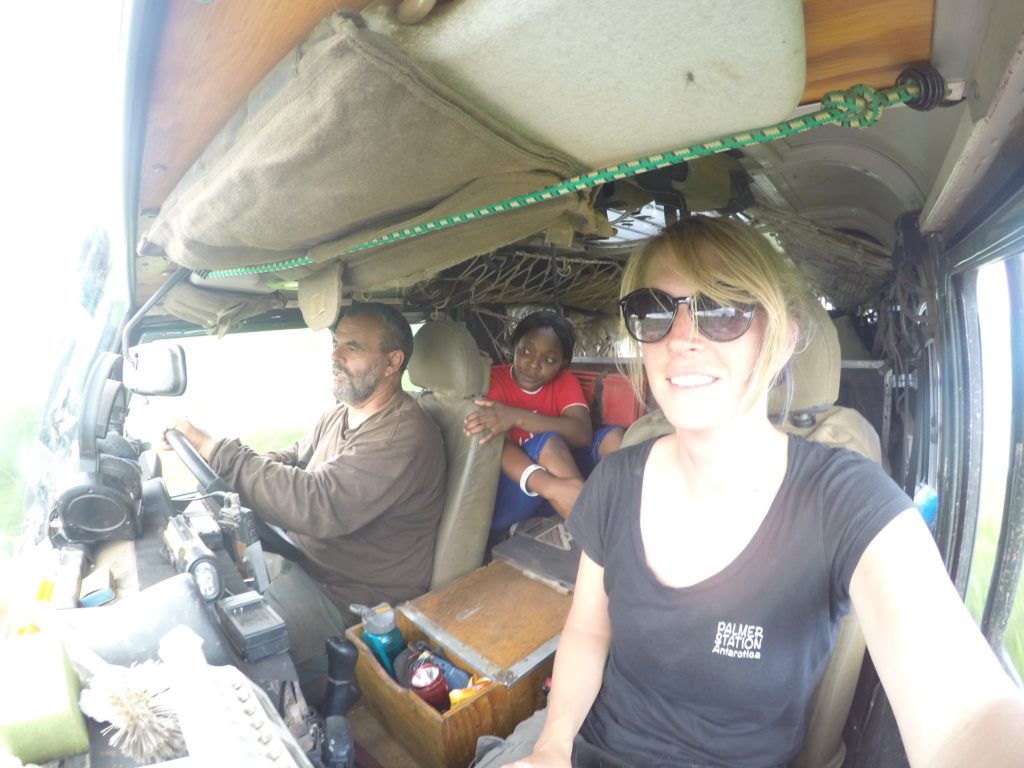
We hopped in the field mobile with Greg as Captain. A young biologist, Kudakwashe (KC for short) joined us. As we searched for the pack, we discussed her potential school research projects:
KC: “How about I study the Roan antelope?”
Greg: “How often do you see the Roan Antelope?”
KC: “Never.”
Greg: “OK. Your study species is never to be seen. You’ll never get data. New plan. What about monitoring grass colonization and animal presence at a watering holes with remote sensing cameras?”
KC: “That sounds so boring. What about fecal collection of carnivores to track their movements?”
Greg: “Do the grasses.”
KC: “Allison, what would you choose?”
Me: “Well, the young biologist in me would want to totally do the carnivores or Roan Antelope. But now that Ive been a scientist for a while, I see the value in picking feasible short-term projects especially when you’re young. I’d definitely suggest the lower hanging fruit, the grasses. Its boring, I know. But you don’t have much time left in your schooling.”
Heavy sighs come from the back seat. She wasn’t thrilled with that answer.
All of a sudden, there they were!! Five Painted Dogs standing in the road.
STOP THE CAR!! Greg readied the dart gun as KC and I sat and watched in anticipation. The key now was to position ourselves on the road so Greg could have a clear shot to the hind haunch of the lead dog. So far, the dogs didn’t seem bothered by our presence.
As we repositioned for the perfect set up, we noticed a ranger coming down the road on foot. His normal patrol route. Greg, flustered, put the gun down, turned the car around and drove up to the ranger to let him know what was about to happen. He’d heard about this pack and knew Greg had been trying to find them for weeks. He wished us good luck, and we drove back down to the site where we had seen the dogs.
Again, Greg positions the car and prepared the dart gun.
Sure enough, coming towards us were two cars. Tourists. They saw the dogs and stopped. Now, any seemingly normal human might think it would be best to stay in the car. But oh no. For whatever reason, these people got out of their vehicles to get a better look.
The strange thing to me, is that when the African animals see humans on foot, they all spook and run away. Is that a sign we are at the top of the food chain?? I know in Kruger National Park, vehicles have been coming in for 100 years. The lions and leopards have been known to use the vehicles as hunting blinds to catch their prey. Was it different in Hwange National Park? Either way, these people on foot were disrupting Greg’s chances of collaring this pack!
Luckily, our accomplice friends were in a vehicle next to them, on the other side of the dogs, and they drove over to give them the scoop.
BACK UP! SCIENCE IS HAPPENING!
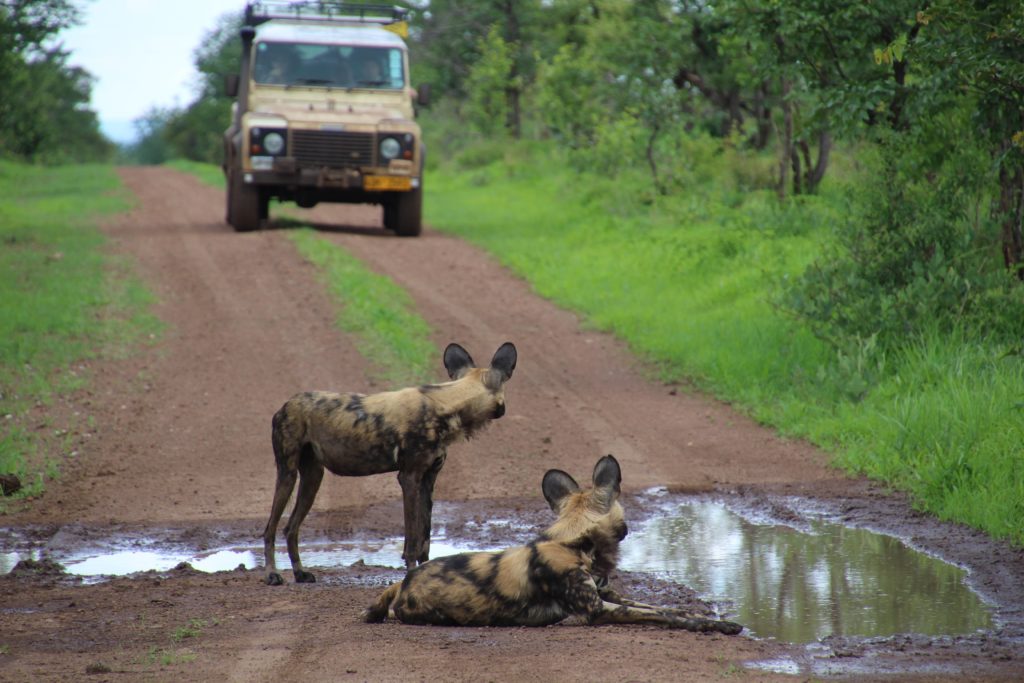
Unfortunately, the dogs caught on to our commotion and ran off into the bush. We drove after them, careful to avoid the ditches and mopane trees. Eventually, the dogs settled down again and came back out onto the road.
Now was our chance! Greg positioned the car and aimed the gun.
A shoot…
…and a miss!
It didn’t make sense!!? How did the dog duck from that dart? I had managed to capture everything on video so we replayed the footage to see what had happened. Can you see it?
At the very last second the dog ducks its behind. Its as if those huge satellite ears heard the dart leave the barrel as soon as it was shot. Clever! Cunning. They entire pack scampered off into the bush and disappeared.
Our chance was gone for the day.
Even though the day ended without a collaring success, we all still successfully enjoyed our search. As for the young biologist, KC, and myself – a polar phytoplankton biologist, we had a blast just being along for the ride!
We headed over to a nearby picnic shelter to make dinner and set up camp for the night. As we debated the best location to pitch our tents, thats when I realized we’d be in for a restless night.
Black thunder clouds were approaching from 180 degrees on the horizon, baboons were running towards us to roost in the trees by the camp, and our picnic hut had clearly been a long-occupied cave for bats. This would be interesting…
To read about how we survived the torrential downpour, thunderstorms, bat cave, and sleeping on the ground without getting eaten by lions, read Part 4 here.
If you missed how I got here and what happened before this post, start at the beginning here.
Share this: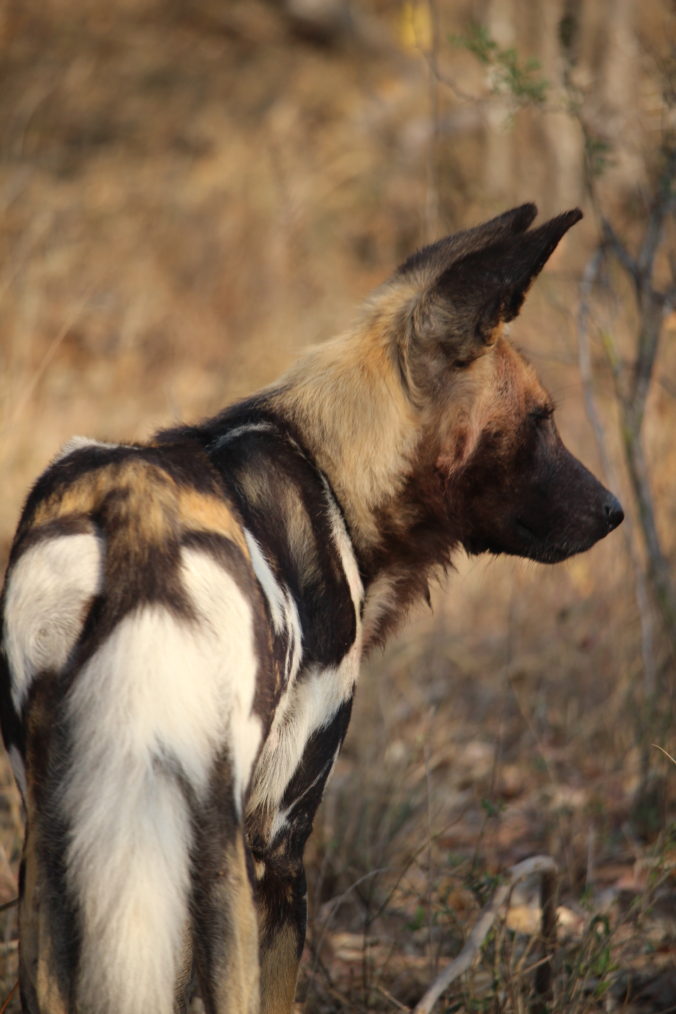
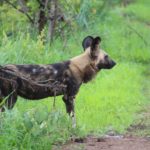
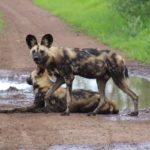
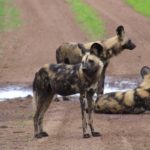
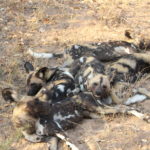
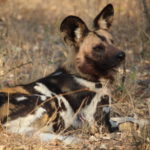
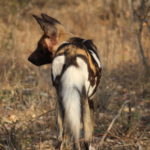
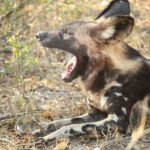
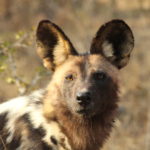
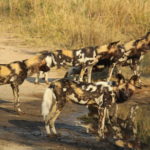
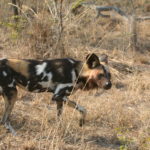
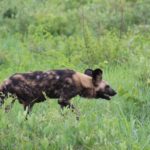






































Recent Comments